Ask Ethan #104: What if we grew a fourth spatial dimension?
Is it possible, how would it affect us, and would we be destroyed as a result?
“There is a fifth dimension, beyond that which is known to man. It is a dimension as vast as space and as timeless as infinity. It is the middle ground between light and shadow, between science and superstition.” –Rod Serling
With length, width and depth, we’re extremely used to the three dimensions of our Universe. We can think about what things are like in reduced dimensions — either on a single plane in 2D or along a line in 1D — but higher dimensions give us fits, since we can’t really visualize something that moves in a direction that isn’t described by what we consider “space” to be. There’s a fourth dimension to our Universe (time), but only three spatial dimensions. But among the questions and suggestions you submitted this week, I got an outstanding “what if” question from fiction writer Kelly Luce:
[W]hat would it be like for humans if the number of dimensions in our world changed sort of like the seasons? So, half the year we’re in the usual three, and then the other we’re in four.
Imagine, if you can, the ability to move in an extra direction, one beyond up-and-down, north-and-south, or east-and-west. Imagine, to get started, that you’re the only one in the world who can do so.
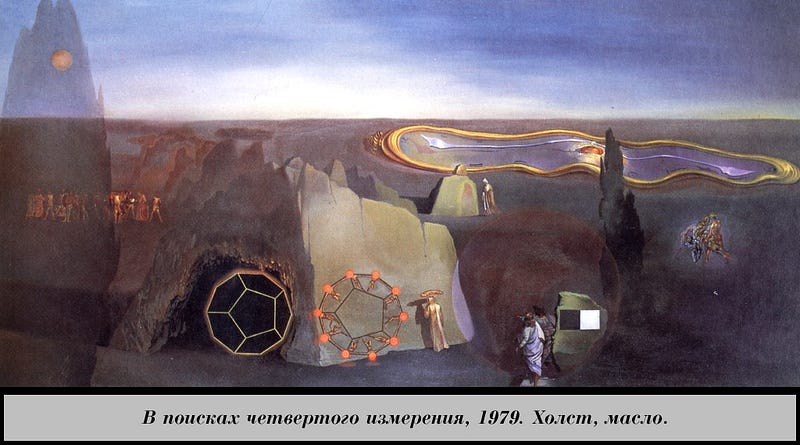
To someone in our three dimensional world, you’d be able to do some amazing things that would — in many ways — make you appear godlike:
- you could teleport from one location to another, disappearing in one place and reappearing someplace else,
- you could rearrange or remove someone’s internal organs, performing surgery without the need to cut someone open,
- or you could simply remove someone from the 3D Universe they’re inhabiting, plunking them down at some later time in any location (or not) at your whimsy.
How is this possible? Imagine that you — a 3D creature — were interacting with a 2D Universe, like a set of colorforms on a sheet of paper.

From the perspective of our extra spatial dimension, we could reach inside the 2D creature and move their insides around without ever cutting them. We could flip them inside out, or reverse their left-and-right. We could pick them “up” off their Universe and plunk them down anyplace else.
And if we, ourselves, as 3D creatures, decided to enter their 2D Universe, we would be such an odd sight, since they could only see “2D slices” of us at any given moment:
- We’d first appear as two foot-shaped prints,
- eventually giving way to two circles as we moved “down” through their Universe,
- the circles would grow until they joined to become an ellipse,
- then more circles would appear alongside them (fingers),
- growing into two larger circles (hands, arms) alongside the ellipse,
- then all merging into one large section at our shoulders,
- then shrinking, growing and disappearing at our necks and heads.

Thankfully, there are no 4D creatures inhabiting our Universe, as they would appear indistinguishable from physics-defying, godlike entities. But what if instead of us being higher-dimensional creatures in our Universe, the Universe itself had more dimensions that it has right now? I would like to point out that this is something that’s possible; it has been shown that the Universe could have had more dimensions in the past.

It is relatively straightforward, in the context of general relativity, to construct spacetimes where the number of “large” (i.e., macroscopic) dimensions changes with time. Not only could you have had a large extra dimension in the past, you can have one in the future, or you could even construct a spacetime where that number oscillates, or gets larger-and-smaller-and-larger again over time.
So that first part is awesome: we can have a Universe where a fourth — or extra — spatial dimension begins to appear.

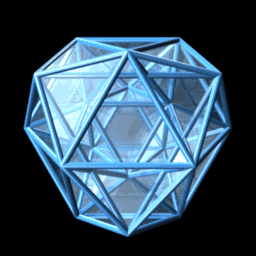
Now, that’s cool, but what would it be like? We don’t normally think about it, but the four fundamental force — gravity, electromagnetism, and the two nuclear forces — only have the properties and strengths that they do because they exist in the number of dimensions our Universe has. If we reduced or increased the number of dimensions, we’d change the way that, for example, field lines of force spread out.
This would be catastrophic if electromagnetism or the nuclear forces were affected immediately.

Imagine you’re looking at an atom, or inside the atom at our atomic nucleus. Nuclei and the atoms formed from them are the building blocks of all the matter that makes our world up, and they’re on extremely small scales: Ångströms for atoms (10^-10 meters), femtometers (10^-15 meters) for nuclei. If you allowed those forces to “bleed” into another spatial dimension, which they could do once that dimension reached a large enough size, the force laws governing them would change.
In general, those forces have more “space” to spread out into, meaning they get weaker with distance faster if there are more dimensions. For nuclei, the change might not be so bad: the sizes of nuclei would be slightly bigger, and some nuclei might change in their stability, either becoming radioactive or by having radioactive ones becoming stable. That part’s not so bad. But electromagnetism would be very problematic.
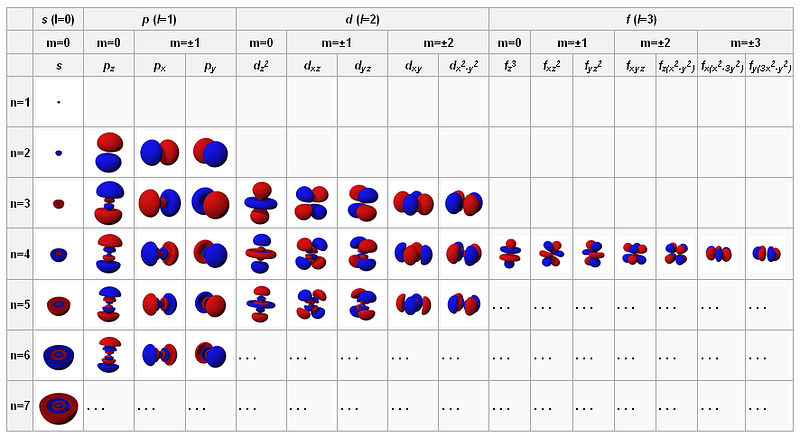
Imagine what would happen if all-of-a-sudden, the forces binding electrons to nuclei became weaker. If there was a change in how strong that interaction was. You don’t think about it, but at a molecular level, the only thing holding you together is the relatively weak bonds between electrons and nuclei. If you change that force, you change the configurations of everything. Enzymes would denature; proteins would change shape; ligand-gated neurons wouldn’t fit together anymore; DNA wouldn’t encode the molecules it was designed to encode.
In other words, if the electromagnetic force changed because that force made its way into a large, fourth spatial dimension that reached the scale of Ångströms or so, human beings would immediately have their bodies shut down and die.

But not all hope is lost! There are plenty of models out there — mostly inspired by string theory — where those forces, the electromagnetic and nuclear ones, are confined to three dimensions. Only gravity, then, would be able to navigate through the fourth dimension. What this would mean for us, as the fourth dimension grew in size (and hence, in its effects), is that gravity would begin “bleeding” into that extra dimension. And hence, objects would experience less attraction than we’re used to.
This would begin to result in a number of “weird” behaviors.
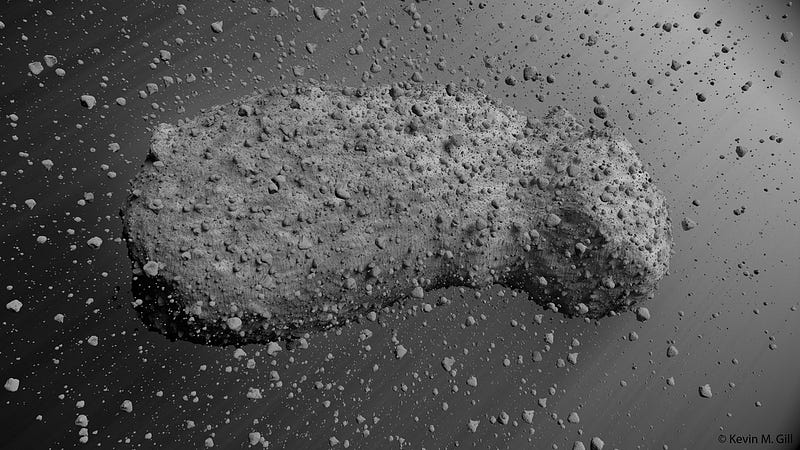
Asteroids, at first — the ones loosely held together that spun rapidly — would come apart, as their gravity would be insufficient to hold those rocks and grains onto their surfaces. Comets, when they came close to the Sun, would evaporate more quickly and develop more spectacular tails. And if the fourth dimension grew large enough, the gravitational forces on Earth would drop tremendously, causing our planet to grow larger, particularly along the equator.
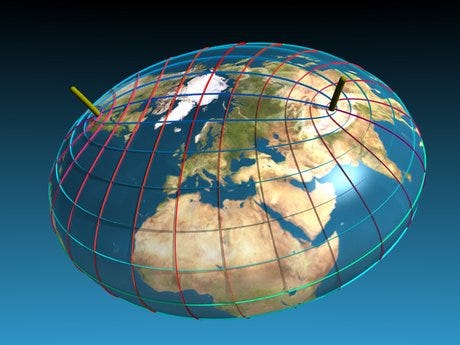
People living near the poles would feel like they were in a reduced gravity environment, but people living on the equator would be in danger of being flung into space. On a macro level, Newton’s famous gravitational law — the inverse square law — would suddenly become an inverse cube law, falling off much faster with distance.
If the dimension grew as large as the Earth-Sun distance, in fact, everything in our Solar System would become unbound. If this lasted for more than a few days out of the year — even if gravity went back to normal for the other 50 weeks or so — our Solar System would dissociate completely in only a century.
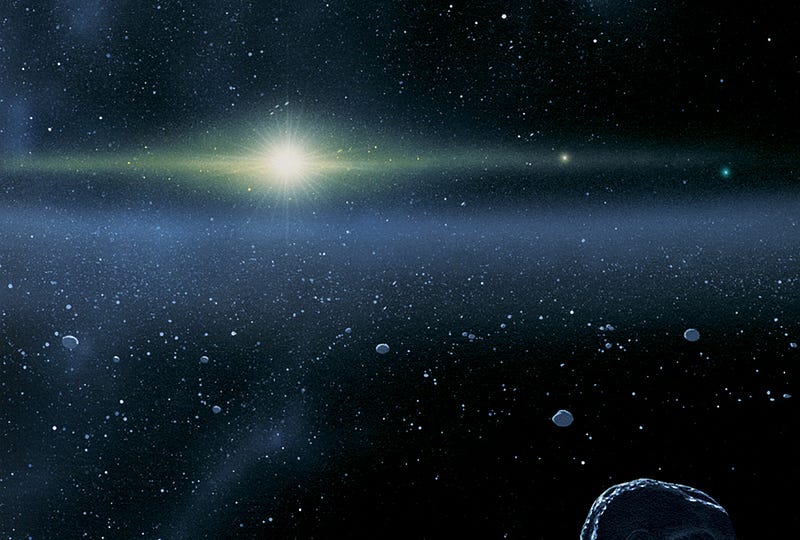
We would have periods on Earth where we’d not only perceive an “extra” way to move through space, where there was a fourth “direction” in addition to up-and-down, left-and-right, and forward-and-back, but where the properties of gravitation would change tremendously and not for the better. While high-jump and long-jump competitions would never be the same, the consequences for the stable Universe we hold so dear would be apocalyptic.
So be careful what you wish for, Kelly, as a fourth spatial dimension would bring a set of amazing experiences, but would also siphon off a significant part of the Earth, including our atmosphere and the equatorial regions, every time the fourth dimension became large enough. One positive, though?
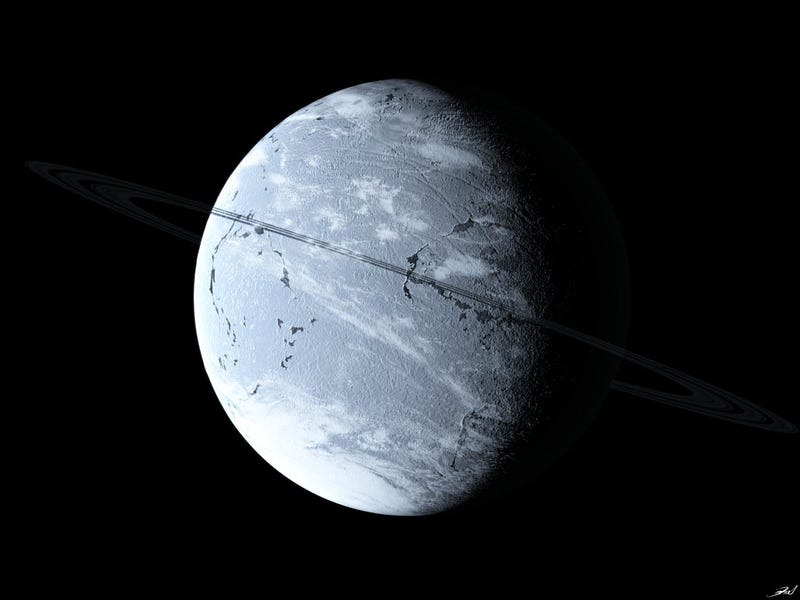
We wouldn’t have to worry about global warming much longer, as the increased distance from the Sun would cool our world much, much faster than the increased atmospheric CO2 would warm it! There’s a silver lining to every cloud, and so even though we’d only have a few years to enjoy it, the experiences of having a new dimension might well be worth trading in the rest of our lives to know what that is.
Have a question or suggestion for Ask Ethan? Submit it here for our consideration.
Leave your comments at our forum, and if you really loved this post and want to see more, support Starts With A Bang and check us out on Patreon!





